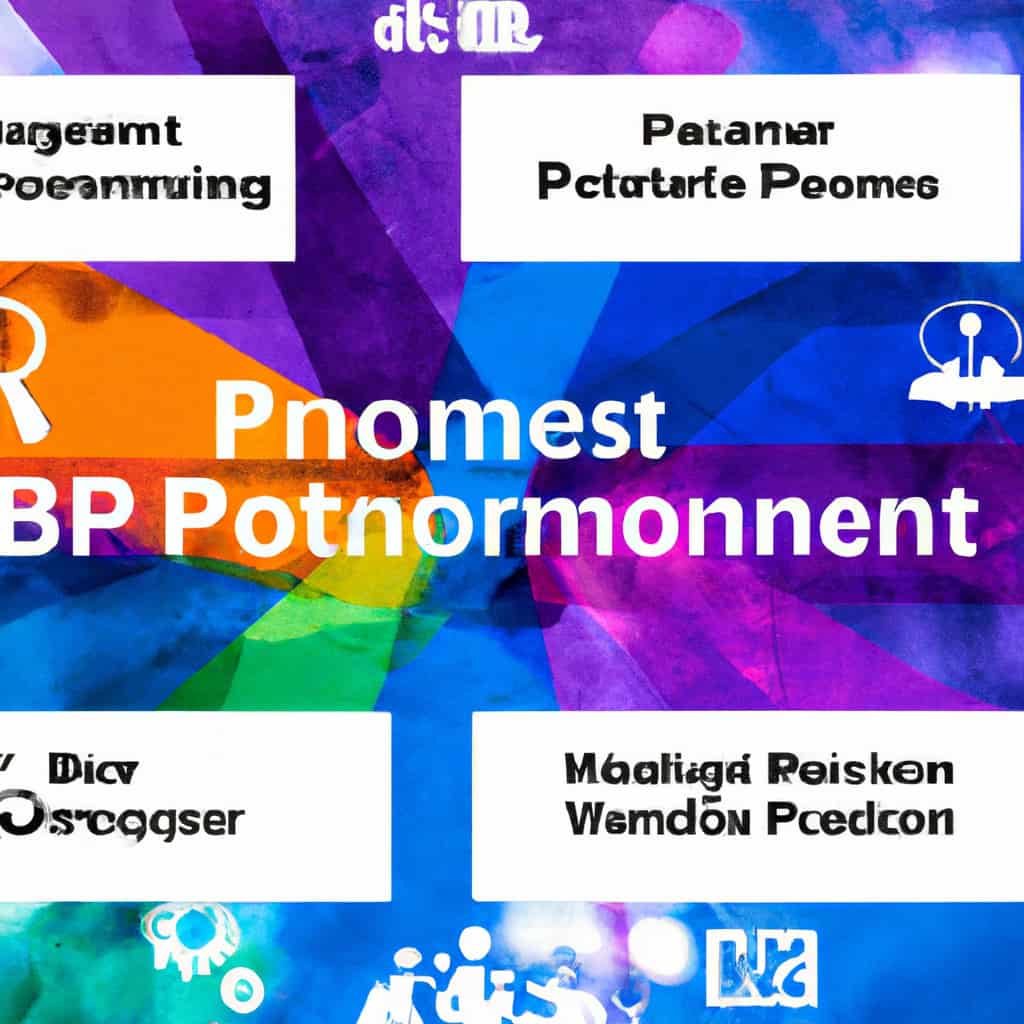Efficiently managing business processes is paramount in optimizing productivity and achieving operational excellence.
In this article, we present a comprehensive list of the top 5 business process management (BPM) software solutions. These solutions offer unique features and capabilities, including process modeling, workflow automation, analytics, and integration options.
By exploring these tools, organizations can streamline workflows, automate tasks, and improve overall efficiency.
Additionally, these BPM tools empower organizations to optimize processes, reduce errors, and achieve higher levels of productivity and customer satisfaction.
Key Takeaways
- Analyze current processes and identify bottlenecks to streamline workflows
- Implement standardized procedures and automate repetitive tasks to enhance efficiency
- Use analytics integration to track performance indicators and make data-driven decisions
- Improve collaboration and data flow through integration options to achieve operational excellence
Streamline Workflows and Tasks
Streamlining workflows and tasks is crucial for enhancing operational efficiency and productivity in organizations. By implementing efficient processes and minimizing redundancies, organizations can improve productivity and optimize operations.
Streamlining workflows involves analyzing current processes, identifying bottlenecks, and implementing solutions to eliminate unnecessary steps and improve efficiency. This can include automating repetitive tasks, implementing standardized procedures, and leveraging technology to streamline communication and collaboration.
By optimizing operations, organizations can reduce costs, improve quality, and meet customer demands more effectively. This can be achieved through continuous improvement initiatives, utilizing data-driven insights, and aligning processes with strategic objectives.
Overall, streamlining workflows and tasks is a strategic approach to improving productivity and optimizing operations, enabling organizations to achieve higher levels of efficiency and effectiveness.
Enhance Efficiency With Process Modeling
Process modeling plays a crucial role in enhancing operational efficiency by providing organizations with a visual representation of their workflows and enabling them to identify potential areas for improvement. By mapping out their processes, organizations gain a comprehensive understanding of how tasks flow within their systems. This allows them to identify bottlenecks, redundancies, and inefficiencies that may hinder productivity.
Process modeling also enables organizations to analyze and optimize their workflows, ensuring that each step is streamlined and aligned with business goals. Furthermore, it allows for the identification of potential risks or obstacles that may impede the smooth execution of processes.
Ultimately, process modeling empowers organizations to improve productivity by streamlining their operations and optimizing their processes to achieve higher levels of efficiency.
Automate Processes With Workflow Automation
Workflow automation offers organizations the opportunity to automate their tasks and improve overall efficiency by reducing manual efforts and eliminating human errors. By implementing workflow management systems, organizations can streamline their processes, allowing for faster and more accurate completion of tasks.
Task automation plays a crucial role in this process, as it allows for the automatic execution of repetitive and time-consuming tasks. This not only saves valuable time but also reduces the likelihood of errors that can occur due to human involvement.
Additionally, workflow management systems provide organizations with the ability to track and monitor the progress of tasks, ensuring that they are completed in a timely manner.
Gain Insights With Analytics Integration
By integrating analytics into their operations, organizations can gain valuable insights that can inform decision-making and drive improvements in various aspects of their business. Analytics utilization allows businesses to track and measure performance, providing them with a comprehensive understanding of their operations and identifying areas for optimization. Here are four benefits of integrating analytics into business processes:
-
Performance tracking: Analytics enables organizations to track key performance indicators (KPIs) and monitor the effectiveness of their processes. This helps identify bottlenecks, inefficiencies, and areas for improvement.
-
Data-driven decision-making: By analyzing data, businesses can make informed decisions based on evidence rather than relying on intuition or guesswork. This improves the accuracy and effectiveness of decision-making processes.
-
Predictive analytics: Organizations can use predictive analytics to anticipate future trends and outcomes, allowing them to proactively address potential challenges and capitalize on opportunities.
-
Continuous improvement: Analytics integration facilitates ongoing monitoring and analysis of business processes, enabling organizations to identify and implement continuous improvements to enhance efficiency, productivity, and customer satisfaction.
Achieve Operational Excellence With Integration Options
One approach to achieving operational excellence is through the integration of various options that streamline and optimize organizational workflows. By incorporating integration options into business process management (BPM) software solutions, organizations can improve collaboration and increase agility.
Integration options allow different systems and applications to seamlessly work together, enabling efficient data flow and real-time information sharing. This enhances collaboration among different teams and departments, facilitating effective communication and decision-making.
Additionally, integration options enable organizations to adapt and respond quickly to changes in the business environment, increasing their agility. By integrating BPM software with other tools and systems, organizations can automate tasks, eliminate manual and redundant processes, and improve overall efficiency.
This ultimately leads to improved productivity, reduced costs, and enhanced customer satisfaction, contributing to the achievement of operational excellence.
Conclusion
In the vast ocean of business, navigating through complex processes can be like sailing through treacherous waters. However, with the help of top BPM software solutions, organizations can find their guiding star to optimize productivity and achieve operational excellence.
These software tools streamline workflows, automate tasks, and improve overall efficiency, acting as a compass for success. By embracing process modeling, workflow automation, analytics integration, and seamless integration options, businesses can set sail towards higher levels of productivity and customer satisfaction.
So, hoist the sails of efficiency and chart a course towards operational excellence with these powerful BPM solutions.
